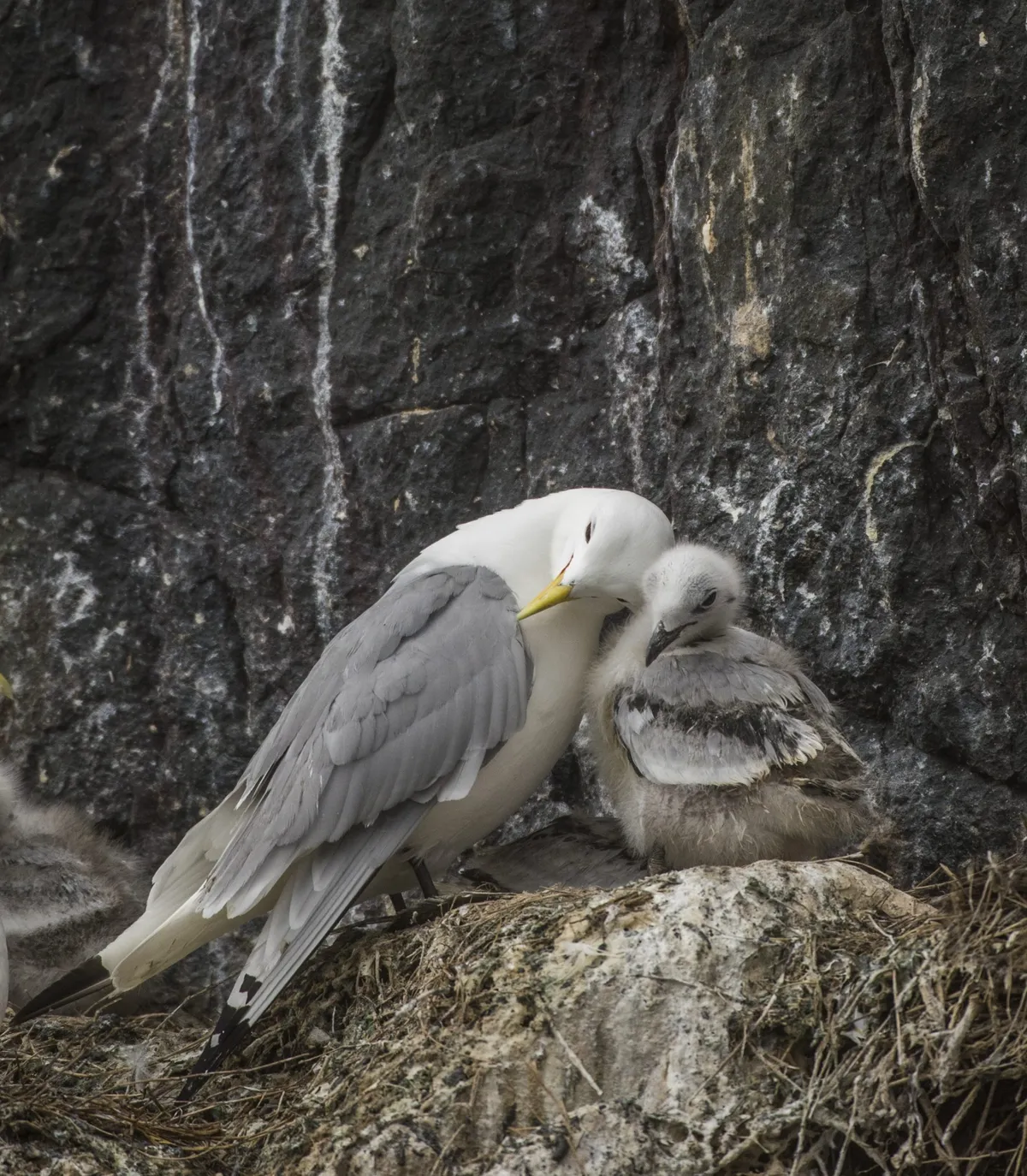BTO’s annual report of Northern Ireland’s seabird population included positive findings for the red-listed kittiwake, which is facing long-term decline in the UK. The numbers of breeding adults in the country is less than half of the 1960s total, but the decrease is happening at a much slower rate in Northern Ireland. In fact, some colonies are showing a long-term increase found the report.
During 2019, the kittiwake population increased across all sites in Northern Ireland, with colonies on Gobbins and Muck Islands faring particularly well. Here, their numbers increased by 68% and 65% respectively compared to 2018.
Razorbills also had a good year, with the birds being recorded in their highest numbers since records began at Muck Island, and guillemots had their best year since 2016.

However it wasn’t good news for all the country’s seabirds, with fulmar numbers continuing to decline, as well as the black guillemot, at Rathlin Island, Northern Ireland’s best known seabird haven.
The island, which is an RSPB reserve, is open to the public, and boasts Northern Ireland’s only pair of breeding chough, and more recently, corncrake.
May is the best time to visit, to see swathes of guillemots, kittiwakes, puffins, fulmars, shags, and gannets, and look out for their chicks nesting on bare ledges in full view.
